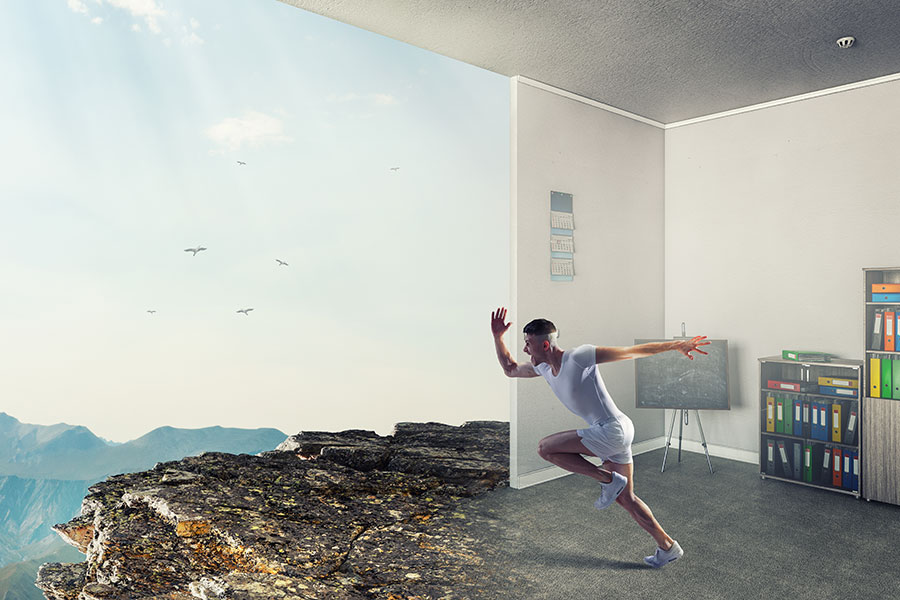Cardiac Physiotherapy For Cardiorespiratory Rehabilitation
Cardiorespiratory Rehabilitation is a type of physical therapy that helps people regain the ability to breathe, talk, swallow, and move.
Cardiorespiratory rehabilitation is to help patients recover from a heart attack, heart failure, or other serious illness. It focuses on strengthening the patient’s heart and lungs through exercise and physical therapy.
Managing heart and lung conditions can be challenging, but with the right support, recovery is achievable. At Physio Prolife, our dedicated team of experts specializes in cardiac physiotherapy, offering personalized cardio physiotherapy programs to strengthen your heart and lungs. Our cardiac physiotherapists are committed to helping you regain optimal health through tailored exercise and therapy plans.
Cardiac physiotherapy focuses on improving cardiovascular health through supervised exercise sessions and education on heart-healthy living. Our comprehensive approach addresses various conditions, including heart attacks, heart failure, and post-surgical recovery. With our expert guidance, you can enhance your heart’s function and overall well-being.
The main purpose of this program is to improve respiratory function, increase exercise tolerance and improve cardiac function.

Cardiorespiratory conditions we rehab
Cardiorespiratory rehabilitation is an important part of recovery after any type of heart attack. It may also be recommended by your doctor if you have had an acute myocardial infarction or have been diagnosed with congestive heart failure.
Some common cardiorespiratory conditions include:
- Chronic Obstructive Pulmonary Disease (COPD)
- Asthma
- Respiratory Infections, i.e. Pneumonia
- Heart Attack (MI)
- Heart or lung injury or surgery
- Hyperparathyroidism (HPT)

What are the benefits of cardiorespiratory physical therapy?
Cardiorespiratory physical therapy is a type of therapy that helps people with shortness of breath, persistent cough and reduced ability to exercise. It includes different types of exercises that help to improve lung function and increase the strength of the respiratory system.
The benefits of cardiorespiratory physical therapy include:
- Reduces risk for cardiovascular disease
- Improve your lung capacity
- Strengthen your body
- Reduce your body pain
- Improve your energy and endurance

Our cardiorespiratory rehabilitation plan
The more you know about your condition, the better you can manage your recovery. Our therapists are specially trained to provide you with rehabilitation services that meet your individual needs.
They will improve your recovery in the following way:
- Breathing and Circulation Exercises: To prevent vascular and respiratory deficiencies such as deep venous thrombosis (DVTs) and chest infection
- Hands-on Techniques and Breathing Facilitation Exercises: To increase your lung volume
- Coughing and Breathing Strategies: To manage your shortness of breath and help you cough properly
- Percussions and Vibrations: Helps you cough with ease and have relaxed discharges
- Deep Breathing Exercise: To reassure increased lung volumes
- Mobility Assistance: To transfer one securely in and out of bed, sit up, stand and walk
- Mobility Aids: Use of a walking frame, or other walking aids as required
- Individually Tailored Exercises: to control your breathing pattern, build muscle strength and endurance and improve your general health and wellbeing


